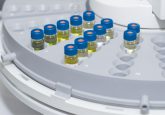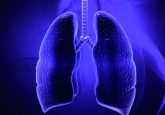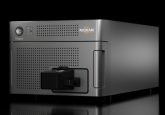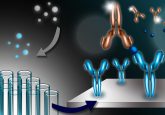Hybridizing LBA with LC–MS/MS: the new norm for biologics quantification
Over the past 20 years, protein and peptide drug development has advanced significantly, becoming a rapidly growing segment of the biotherapeutics market. It has generated treatments for a wide variety of diseases ranging from inflammatory disorders to cancer [1,2]. This expansion of biologics-based medicines has pushed drug manufacturers to adopt new bioanalytical and analytical approaches to quantify and characterize multiple modalities of protein-based therapeutics efficiently with particular focus on the high-throughput needs of early-stage PK studies. Ligand-binding assays (LBAs) are widely used for bioanalysis of small and large molecules, but these assays can be lengthy to develop and have limited selectivity and sensitivity. LC–MS/MS-based bioanalysis can offer important advantages over immunoassay-based techniques, but LC–MS/MS with large molecules introduces several challenges affecting throughput, operating expertise and ease of use.
Traditional approaches for quantification of biologic drugs typically involve either LBAs, such as ELISA, or UV detection of individual peptides using HPLC separation [3,4]. One of the challenging parts of biologic drug quantification is developing a selective and sensitive assay, which can accurately measure and not over- or underestimate the drug concentration levels. This is very important during preclinical or clinical safety/efficacy testing. The gold standard has been LBAs but due to lack of specificity, this technique has been recently complemented with LC–MS. More recently, LC–MS/MS-based methods [5–7] have come to the forefront as a feasible approach for the quantification of various therapeutic peptides, proteins and monoclonal antibodies (mAbs) in biological matrices with many of these methods relying on proteolytic digestion of the target mAb and quantification of multiple unique signature peptides, which are equivalent to levels of the whole protein.
Click here to view the full article.





